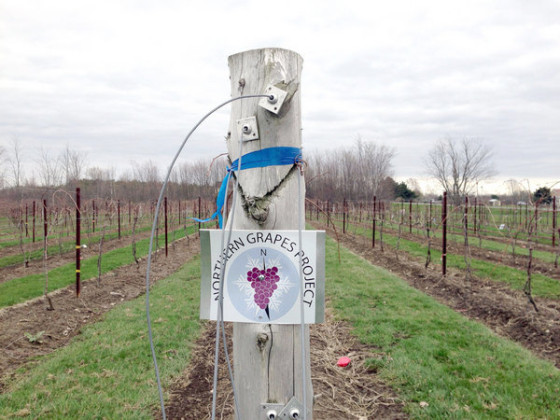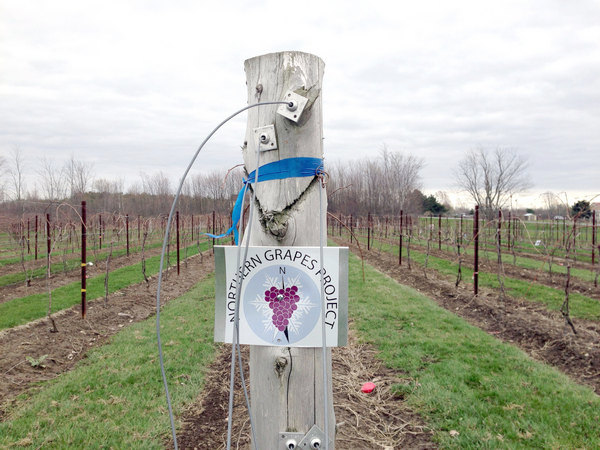
Viticulture and winemaking are not static fields of knowledge. They are continually expanding in scope, breadth and depth. It can take a lot of effort for professionals, hobbyists and curious consumers to educate themselves in the many facets of these studies, and stay abreast of new developments. A webinar series sponsored by the Northern Grapes Project is making it a lot easier for folks to stay in the game without having to leave the farm or winery to do it.
I’ve attended a number of these webinars over the last couple of years and have found them very valuable in my own continuing education. Each presentation is about an hour long and features an expert speaker or two on topics ranging from yeast selection and acid management to vineyard floor management and industry economics. I’ve found it is a very fulfilling way to spend an extended lunch break. The live webinars are run twice, once at noon ET and the other at 7 p.m. ET on the second Tuesday of every month.
There is also an archive of the presentations that have already been held, for those that could not attend, or for folks who want to see them again.
The next presentation details have just been announced for April 8. The session will be led by Tim Martinson from Cornell University and Paolo Sabbatini from Michigan State University, and I’m really looking forward to this one, because it directly affects some of my own projects and those of folks I work with.
[box_light]
“Impact of crop load and training systems on viticultural and enological performances of Marquette and Frontenac grown in Michigan and New York.”
“Tim Martinson of Cornell University and Paolo Sabbatini of Michigan State University will discuss results from vineyard trials conducted as part of the Northern Grapes Project. In New York, two years of training system trials on Marquette and Frontenac indicated that high training systems (Top Wire Cordon and Umbrella Kniffin) produced up to twice the yield with less labor inputs than Vertical Shoot Positioning. Fruit composition indices show modest reduction in soluble solids, but little impact on titratable acidity or juice pH. Individual sunlight-exposed Frontenac clusters had higher brix and lower titratable acidity than shaded clusters, across all training systems. In Michigan, training system (Top Wire Cordon, Geneva Double Curtain, and the experimental Moving Trellis) and crop load (cluster thinning) trials were conducted on Marquette. Spring frosts in 2012 impacted results and fruit chemistry was very good overall. In 2013, crop load studies indicated a large impact of cluster thinning on canopy growth and architecture. Despite the large difference in yield, minimal impact was observed on fruit chemistry.”
Register: https://cornell.qualtrics.com/SE/?SID=SV_0fbOVYWyNA4ffuJ
The Northern Grapes Project is funded by the USDA’s Specialty Crops Research Initiative Program of the National Institute for Food and Agriculture, Project #2011-51181-30850 and through the New York State Specialty Crops Block Program.
[/box_light]

